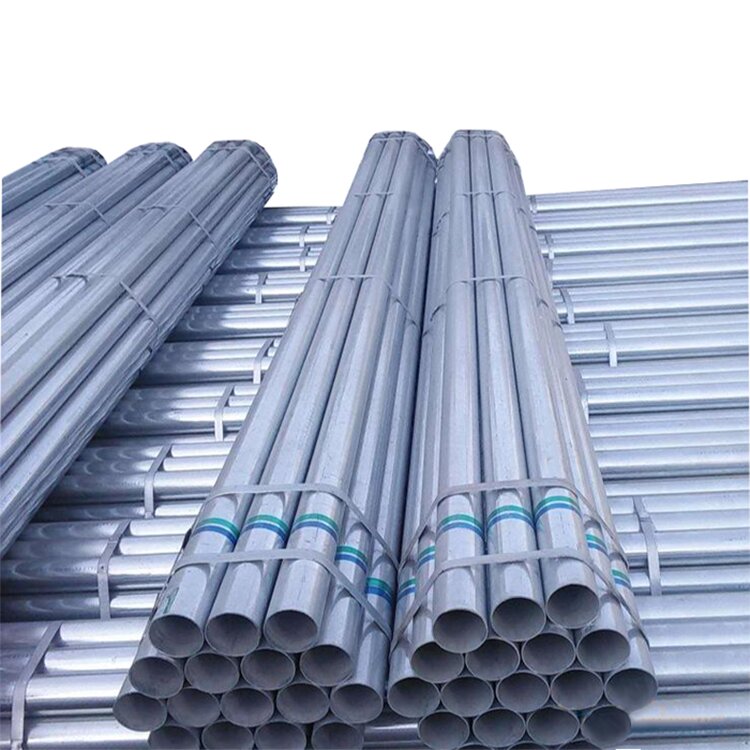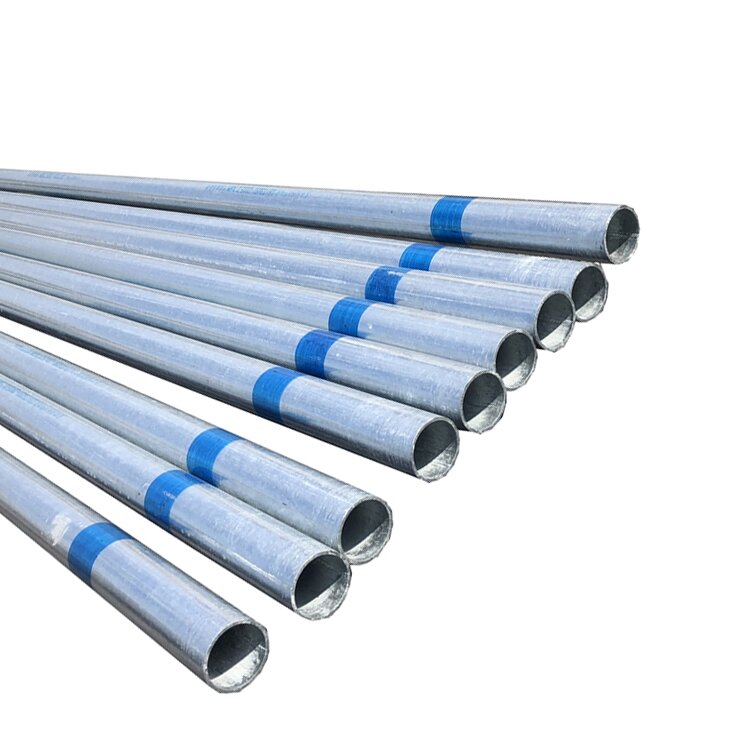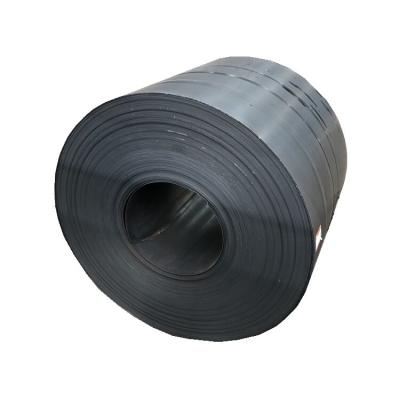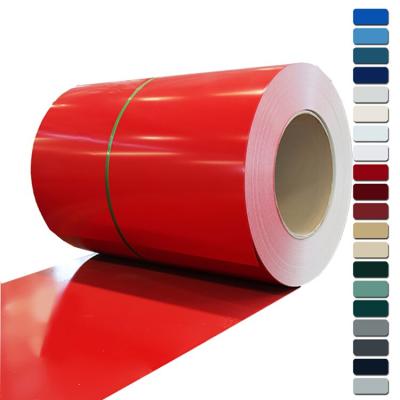Galvanized Steel Pipe
Galvanized steel pipe is divided into cold galvanized steel pipe and hot galvanized steel pipe, cold galvanized steel pipe has been banned, the latter is also advocated by the state can be used temporarily. In the sixties and seventies, developed countries began to develop new types of pipes, and one by one, galvanized pipes were banned.
The Ministry of Construction of China and four other ministries and commissions have also issued a document clearly prohibiting the use of galvanized pipes as water supply pipes from 2000 onwards. Hot-dip galvanized steel pipes are widely used in fire fighting, electricity and highways.
Galvanized steel pipe is a welded steel pipe with a hot-dip or electro-galvanized layer on the surface. Galvanizing can increase the corrosion resistance of steel pipes and prolong their service life.
Galvanized pipes are widely used. In addition to being used as pipeline pipes for general low-pressure fluids such as water, gas, and oil, they are also used as oil well pipes and oil pipelines in the petroleum industry, especially offshore oil fields, and oil heaters and condensation pipes for chemical coking equipment. Pipes for coolers, coal distillation washing oil exchangers, trestle piles, and support pipes for mine tunnels, etc.
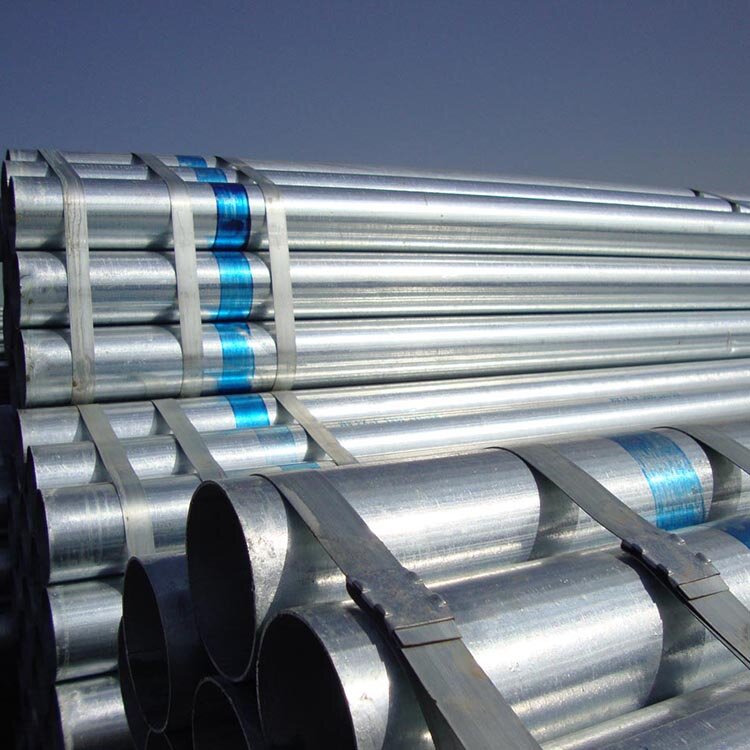

Product Parameters:
Size | OD | 21.3-1219.2mm(round) |
Thickness | 0.55-30mm | |
Length | 1-12m or as per customer's requirement | |
Surface | Hot dipped galvanized, 210g-600g/m2 | |
Standard | GB/T13793-1992,GB/T14291-2006, GB/T3091-1993,GB/T3092-1993,GB3640-88 BS1387/1985,ASTM A53/A36,EN39/EN10219,API 5L,GB/T9711.1-99 etc | |
Material | Q195-Grade B, SS330, SPC, S185 Q215-Grade C,CS Type B, SS330, SPHC Q235---Grade D, SS400, S235JR, S235JO, S235J2 Q345---SS500,ST52 | |
Ends | Plain ends, threaded and screwed ends | |
Application | Widely used in structure, accessorize,construction, machinery parts,fluid transportation,the stress parts of the automobile tractor parts and so on. | |
Package | 1) Big OD: in bulk; 2) Small OD: packed by steel strips; 3) Plastic bags; 4) According to customer's requirement. | |
Delivery time | within 20 days after getting the deposit | |
Payment term | TT, DP, LC | |
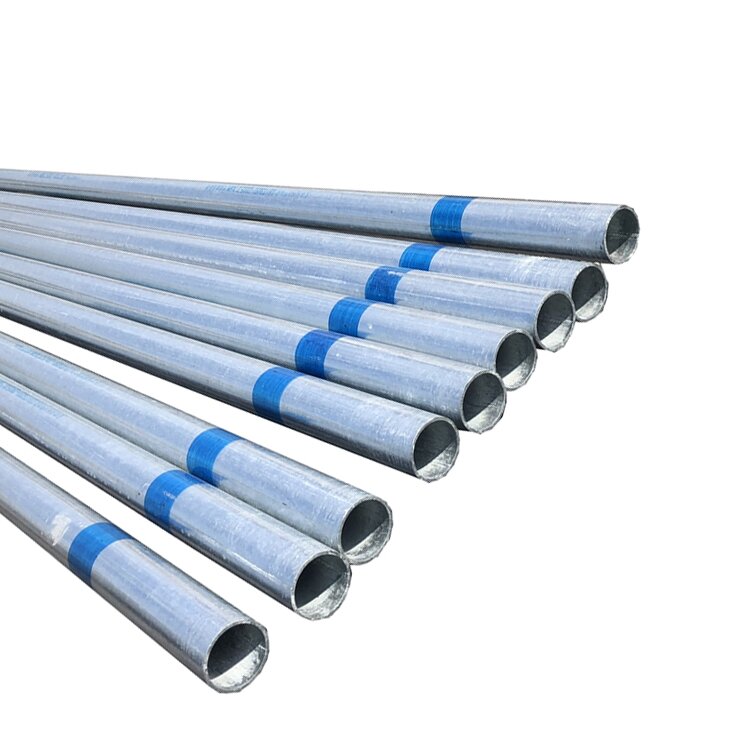
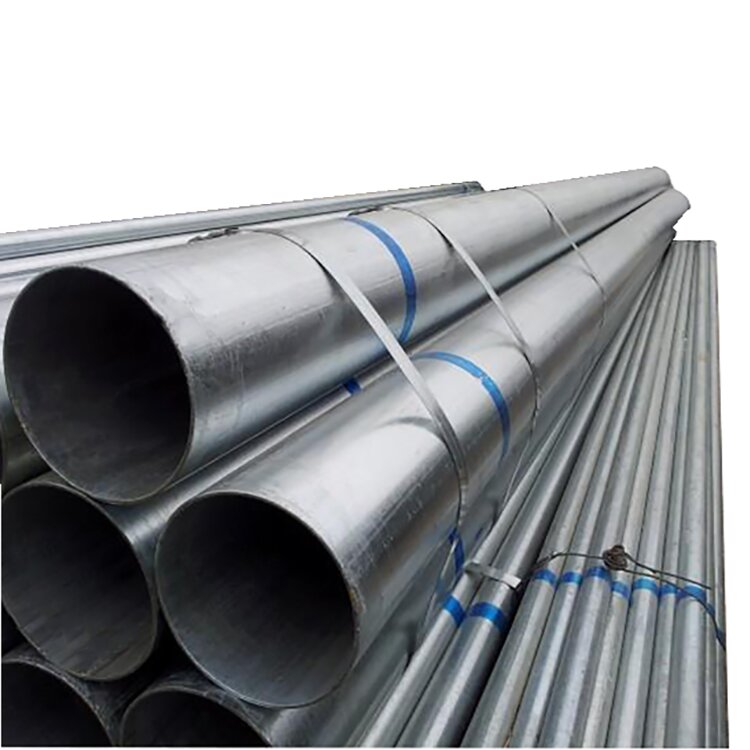
Classification of galvanized steel pipe:
Galvanized steel pipes are divided into cold galvanized steel pipes and hot-dip galvanized steel pipes.The hot-dip galvanized pipe reacts the molten metal with the iron substrate to produce an alloy layer, so that the substrate and the coating are combined. Hot-dip galvanizing is to pickle the steel pipe first. In order to remove the iron oxide on the surface of the steel pipe, after pickling, it is cleaned by ammonium chloride or zinc chloride aqueous solution or a mixed aqueous solution of ammonium chloride and zinc chloride, and then sent to hot-dip coating tank.
Hot-dip galvanizing has the advantages of uniform coating, strong adhesion and long service life. The hot-dip galvanized steel pipe substrate undergoes complex physical and chemical reactions with the molten plating solution to form a corrosion-resistant zinc-iron alloy layer with a tight structure. The alloy layer is integrated with the pure zinc layer and the steel pipe substrate, so it has strong corrosion resistance.
Cold-dip galvanized pipe is electro-galvanized, the amount of galvanizing is very small, and its corrosion resistance is much worse than that of hot-dip galvanized pipe. The galvanized layer of cold-dip galvanized steel pipe is an electroplated layer, and the zinc layer is independently layered with the steel pipe substrate. Zinc is relatively thin, and the zinc layer is easily attached to the steel pipe substrate and is easy to fall off.
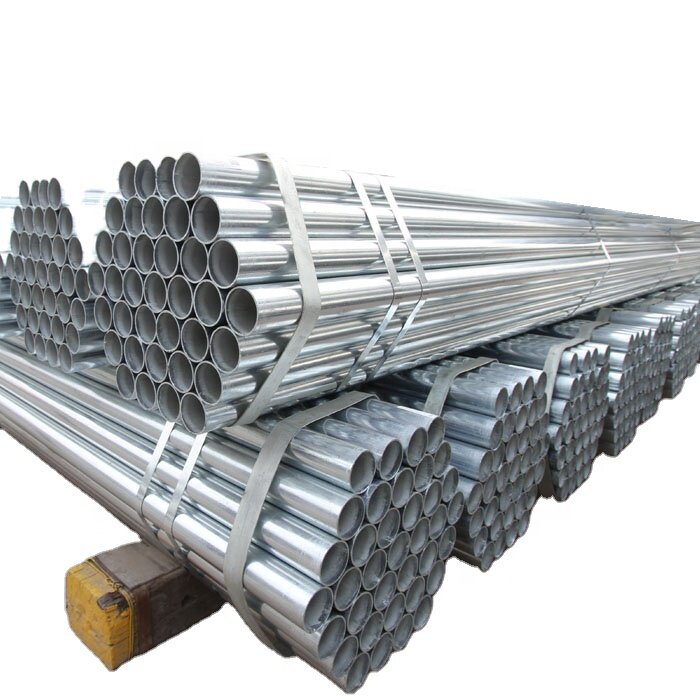
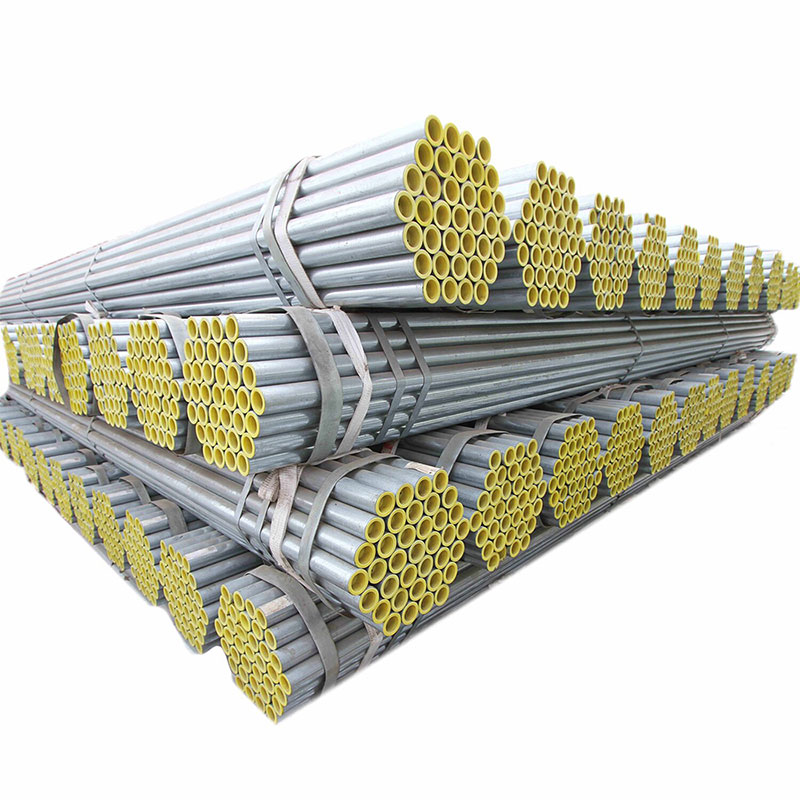
Therefore, its corrosion resistance is poor. In newly built houses, it is forbidden to use cold-galvanized steel pipes as water supply pipes.
weight factor
The mechanical properties of steel are important indicators to ensure the end-use performance (mechanical properties) of steel, which depends on the chemical composition and heat treatment system of steel. In steel pipe standards, tensile properties (tensile strength, yield strength or yield point, elongation), hardness, toughness, and high and low temperature properties required by users are specified according to different use requirements.
Related Products
Submitted successfully
We will contact you as soon as possible

